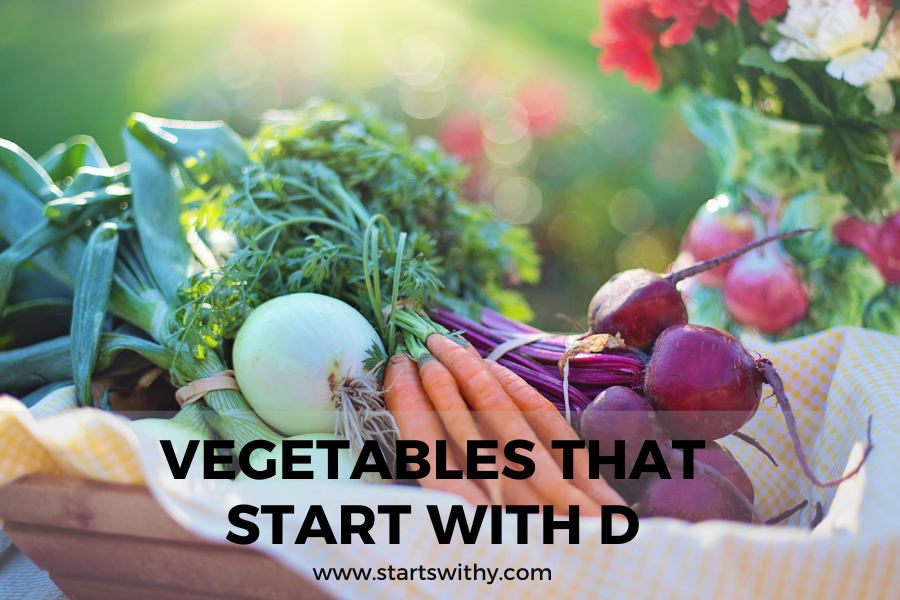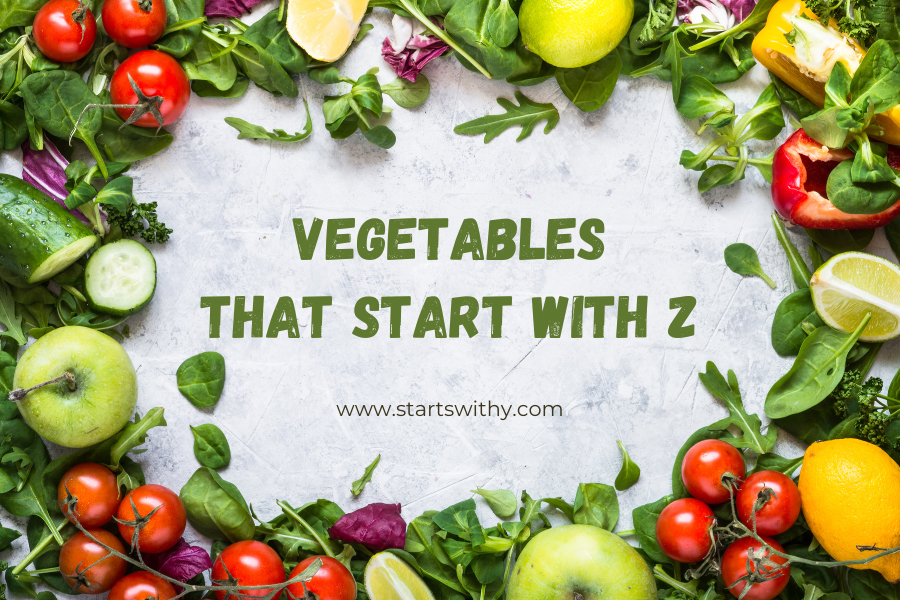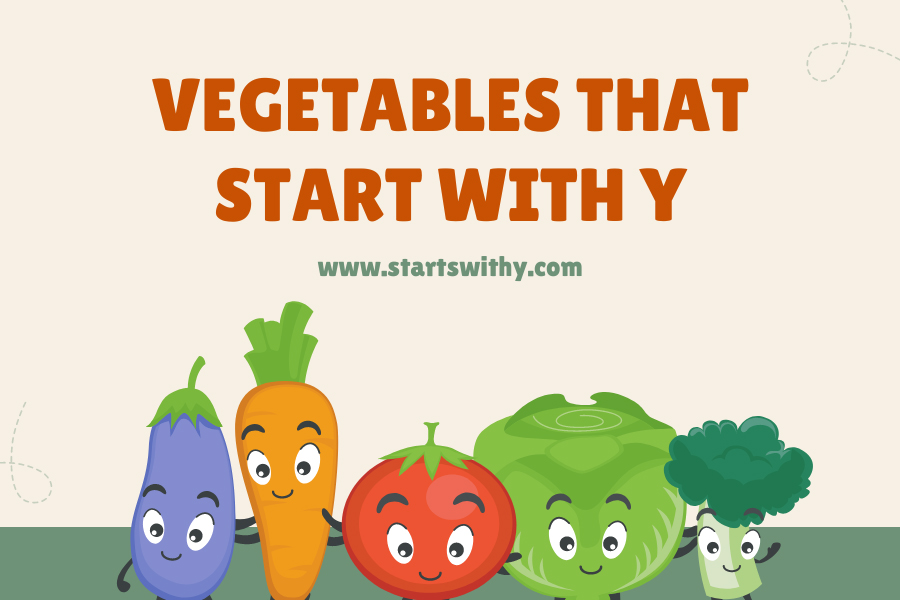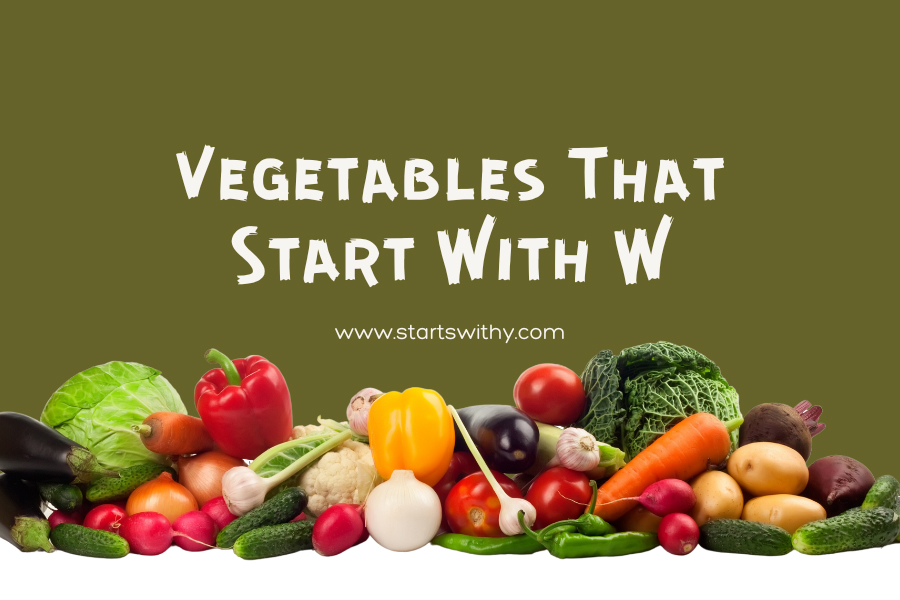Nature’s culinary tableau is a vast and varied display of tastes, textures, and nutritional offerings. Each alphabetical segment introduces us to a particular set of these vegetable gems, and the letter ‘D’ unfurls a unique blend of delightful greens. This article beckons readers to meander through the garden of ‘D’-initiated vegetables, uncovering their flavors, stories, and health benefits.
From the humble daikon radish with its crisp bite to the nutritious density of dandelion greens, we’ll traverse the myriad facets of these lesser-known yet impactful members of the vegetable kingdom. Whether you’re a culinary adventurer, a dedicated gardener, or a food enthusiast keen on diversifying your plate, let’s set forth on this exploration of the enticing and enriching world of vegetables that dance to the tune of the letter “D”.
Awesome Vegetables That Start With The Letter D
The vast realm of vegetables boasts of a rich variety that often remains unexplored beyond the usual kitchen staples. As part of our alphabetic journey, today, we venture into the delightful domain of vegetables that start with the letter “D.” From the well-known to the exotic, these vegetables not only provide unique flavors and textures but also contain nutritional powerhouses essential for overall well-being.
1. Daikon
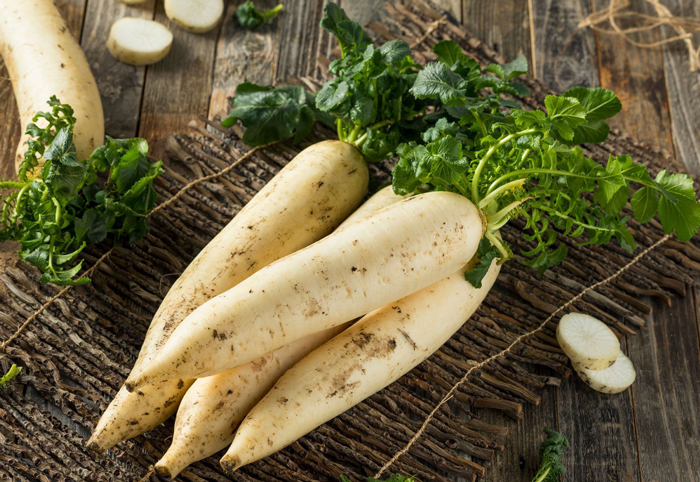
Originating from East Asia, daikon, also known as white radish or mooli, is a long, white, tubular vegetable with a crisp texture and a mild to pungent flavor. Popular in salads, pickles, and stews, daikon is a rich source of vitamin C, aiding in immune function and skin health. Its enzymes also make it a traditional accompaniment to fatty foods as it aids in digestion.
2. Dandelion Greens
Often considered a weed in many gardens, dandelion greens are, in fact, edible and highly nutritious. With a slightly bitter taste, these greens can be eaten raw in salads or cooked to reduce their bitterness. They’re packed with vitamins A, C, and K and are also a good source of calcium, potassium, and iron. The greens have been linked to various health benefits, including liver health and diuretic properties.
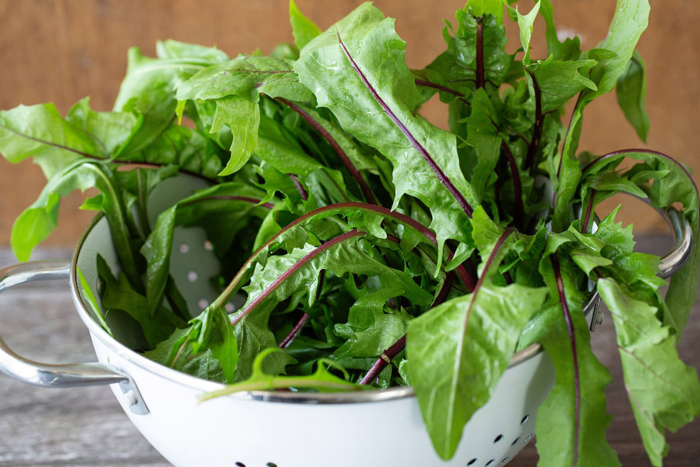
3. Drumstick (Moringa)
Native to the Himalayan regions of India, drumsticks, or moringa pods, are long, slender, green pods. They are typically used in curries and soups. Beyond their culinary use, drumsticks are rich in vitamins and minerals, especially vitamin C and calcium. The leaves of the moringa tree are also edible and considered a superfood due to their incredible nutritional profile.
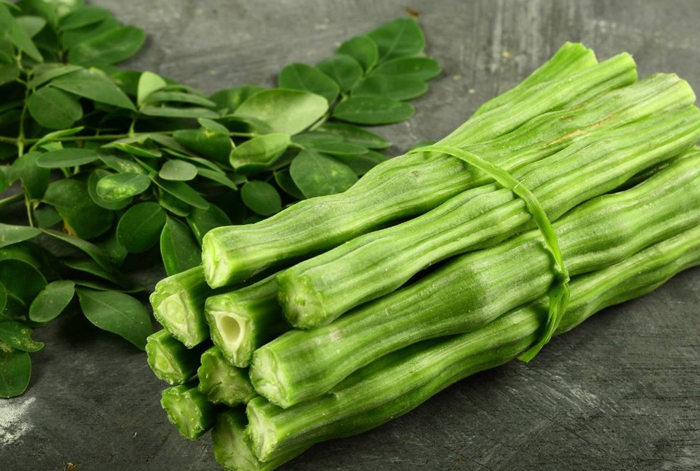
4. Dill
While dill is primarily known as an herb, its feathery fronds can be treated as a vegetable, especially in salads or as a flavorful garnish. Dill offers a unique taste – a mix of celery and fennel with a hint of anise. It’s a source of dietary fiber, vitamin C, and beneficial plant compounds that have antioxidant properties.

5. Dolichos (Hyacinth Bean)
Hyacinth bean, also known as dolichos or lablab, is an edible pod used in various cuisines, especially in Asia and Africa. The pods are often purple, giving a vibrant touch to dishes. They are a good source of protein, dietary fiber, vitamins, and minerals. However, it’s essential to cook them well as raw beans may contain toxins.
6. Dulse
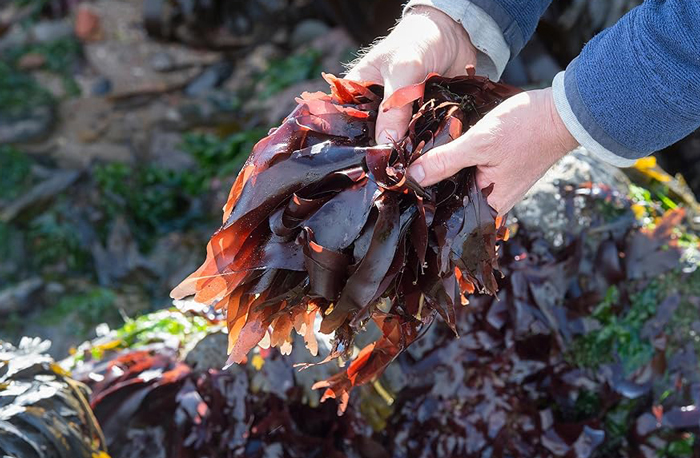
Venturing into the world of sea vegetables, dulse is a red seaweed harvested in the cold waters of the North Atlantic and Pacific Oceans. With a salty flavor, it can be eaten raw, dried, or cooked. Dulse is rich in iodine, potassium, iron, and protein. It also contains a unique antioxidant profile different from land vegetables.
7. Daal (Lentils)
Although technically a legume, lentils or ‘daal’ as known in several parts of Asia, form a significant part of vegetable dishes, soups, and stews. Lentils come in various colors – green, red, brown, and black. They’re a stellar source of protein, especially for vegetarian diets, and also provide dietary fiber, iron, and B vitamins.
8. Dew Bean
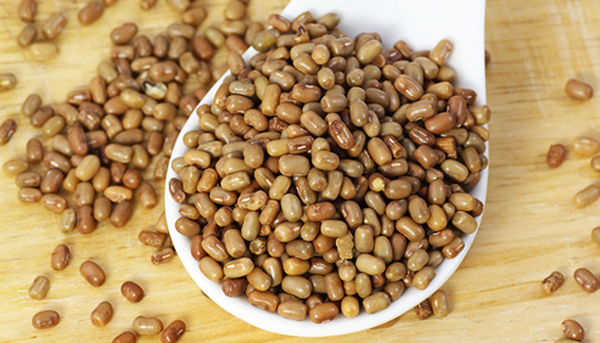
Dew bean, also known as southern pea or cowpea, is grown for its quick-cooking beans. These beans can be eaten fresh or dried and are a staple in various dishes in the southern United States. Rich in protein and dietary fiber, they also provide essential nutrients like folate, magnesium, and iron.
9. Desert Yam
Native to the dry regions of Australia, the desert yam, or bush potato, grows underground as a tuber. It’s an essential food source for indigenous Australians. When cooked, it offers a sweet and starchy flavor, similar to the common yam, and is a source of carbohydrates, dietary fiber, and essential minerals.
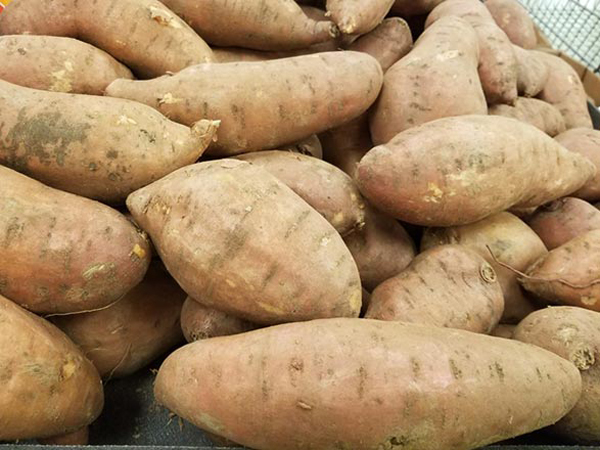
10. Daylily Buds
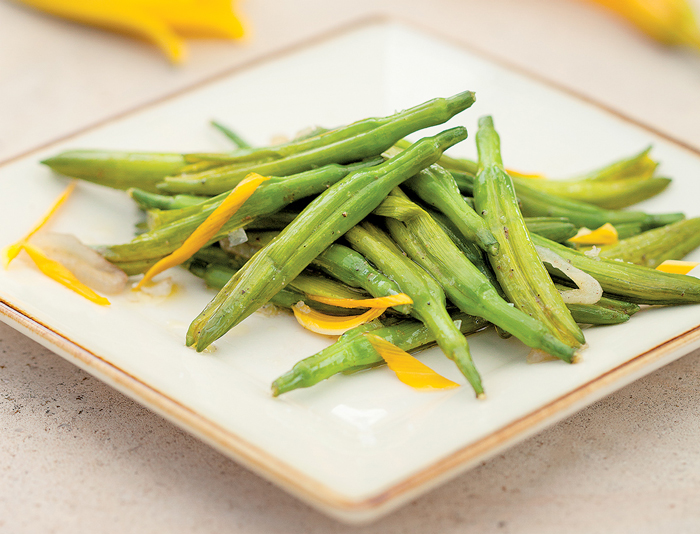
Daylily buds are the immature flowers of the daylily plant. In many Asian cuisines, especially Chinese, they are dried and then rehydrated for use in soups, stir-fries, and more. They have a sweet, crunchy, and slightly astringent taste. Besides being a delicacy, they provide modest amounts of dietary fiber, vitamin C, and essential minerals.
11. Dwarf Yellow Turnip
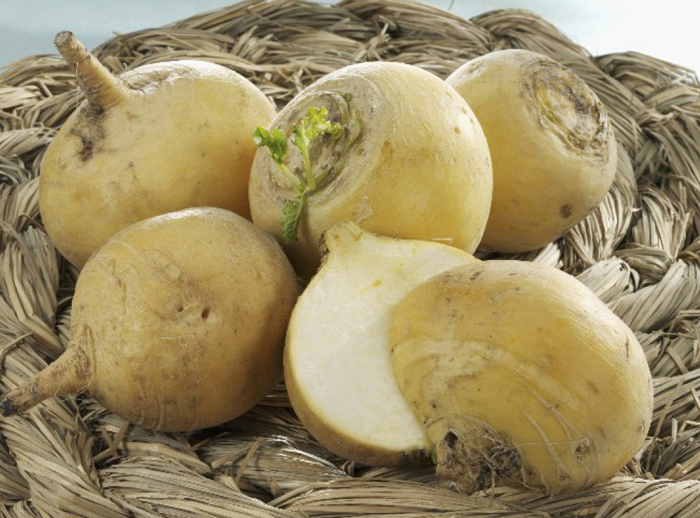
Forget the bland white turnips of your childhood! Dwarf Yellow Turnips are like bursts of sunshine on your plate, boasting a cheerful golden hue and a surprisingly sweet, nutty flavor. These compact little veggies (typically only 2-3 inches in diameter) are perfect for snacking whole, roasting into savory wedges, or adding a pop of color to salads.
And speaking of color, Dwarf Yellow Turnips are more than just eye candy. They’re packed with vitamin C, potassium, and fiber, making them a nutritious treat for kids and adults alike. Did you know that just one cup of these cheerful turnips provides nearly 20% of your daily vitamin C needs? That’s like biting into a mini-orange!
So, next time you’re at the farmer’s market, don’t shy away from these bright yellow beauties. Give them a try and let their sunny sweetness win you over!
12. Dragon Carrots
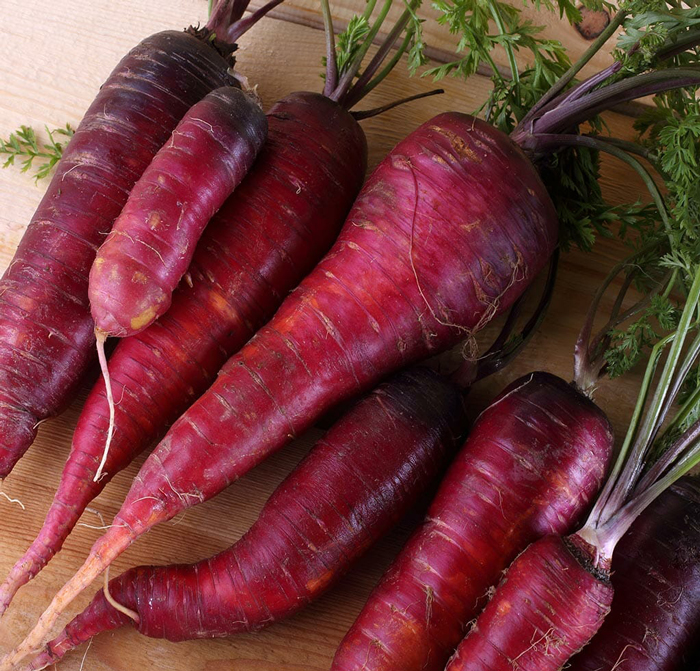
Forget the orange carrots of yesterday! Dragon Carrots have arrived, ready to fire up your taste buds with a rainbow of vibrant colors and a hint of peppery kick. These long, slender wonders come in a spectrum of hues, from fiery orange and deep purple to sunny yellow and blush pink. Each color boasts its own unique flavor profile, ranging from sweet and earthy to mildly spicy.
Dragon Carrots are not just visually stunning, they’re also incredibly versatile. Roast them for a caramelized sweetness, chop them into salads for a burst of color and crunch, or even pickle them for a tangy treat. They’re also packed with beta-carotene, vitamin A, and antioxidants, making them a healthy way to add some fire to your diet.
So, unleash your inner dragon and embrace the colorful fun of Dragon Carrots! Challenge your kids to identify the different colors and guess their unique flavors. With these fiery veggies, mealtime becomes an adventure for the senses!
13. Durian
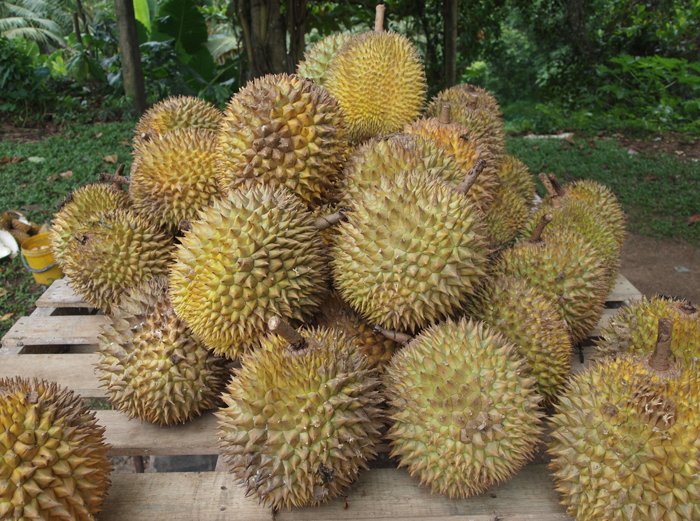
Durian, the “King of Fruits,” is not for the faint of heart. Its spiky exterior and pungent aroma, often described as a mix of onions, cheese, and dirty socks, might have you running for the hills. But for those brave enough to take a bite, durian reveals a creamy, custard-like flesh with a surprisingly sweet and complex flavor.
While not exactly kid-friendly (unless your kids have adventurous palates!), durian is revered in Southeast Asia for its nutritional value and unique taste. It’s a rich source of vitamins, minerals, and antioxidants, and is believed to have a variety of health benefits.
If you’re curious about durian, it’s best to approach it with an open mind and a sense of humor. Start with a small piece and slowly savor the flavor. You might be surprised at how much you enjoy it! And who knows, your kids might just join you on this olfactory adventure (with plenty of nose plugs handy, of course!).
14. Delicacy White Kohlrabi
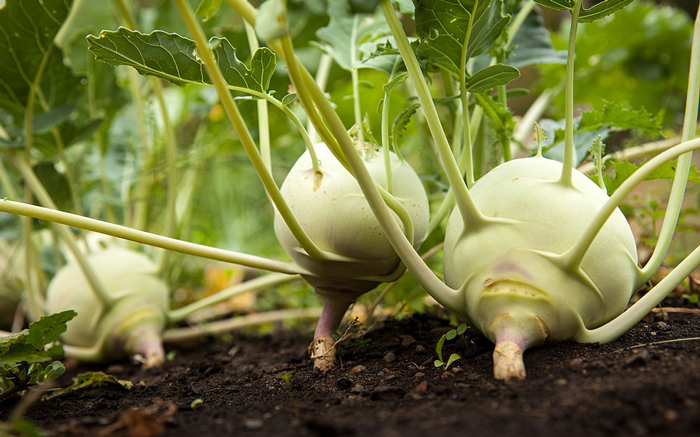
Kohlrabi might sound exotic, but the “Delicacy White” variety is actually a mild-mannered member of the cabbage family. It looks like a spaceship landed in your garden, with a bulbous, turnip-like top sitting atop leafy green stalks. But don’t be fooled by its quirky appearance – under that smooth, white skin lies a crisp, juicy flesh with a flavor that’s surprisingly sweet and slightly peppery.
Kids will be amazed by kohlrabi’s versatility. You can eat it raw in sticks or slices for a refreshing snack, shred it into salads for a crunchy twist, or roast it like potatoes for a warm and comforting side dish. Plus, kohlrabi packs a nutritional punch, being a good source of vitamin C, potassium, and fiber.
Fun fact: Did you know the leafy greens on top of kohlrabi are just as delicious as the bulb? Don’t throw them away! Add them to stir-fries, soups, or even smoothies for an extra dose of nutrients.
15. Dolichos Bean
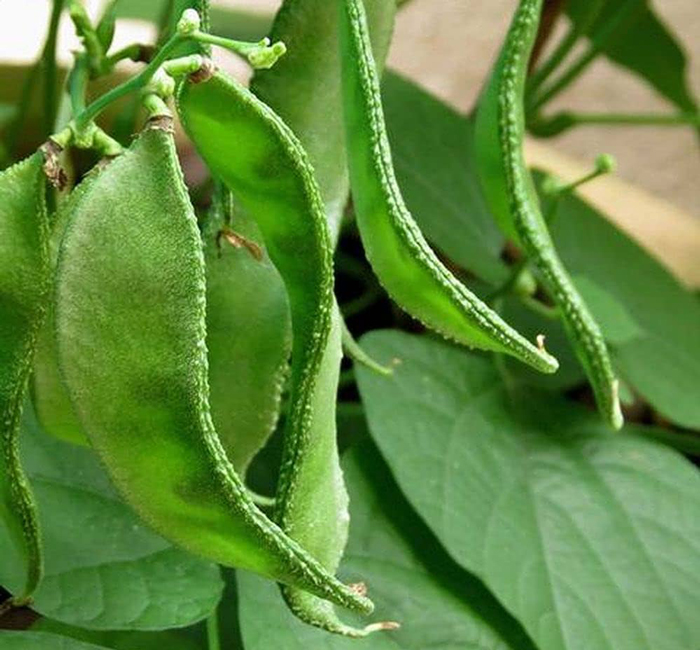
Forget your ordinary string beans – dolichos beans are here to take you on a climbing adventure! These vibrant green pods grow on vigorous vines, reaching up to 30 feet in length. But don’t worry, you don’t need a skyscraper to grow them – even a trellis or fence will do.
Inside the crisp pods lie plump, creamy white beans with a delicate sweetness and a hint of nuttiness. Kids will love snapping them fresh from the vine and popping them in their mouths, or shelling them for a fun activity. Dolichos beans are also a nutritional champion, boasting high levels of protein, fiber, and essential vitamins.
Tip: Dolichos beans are best enjoyed when harvested young and tender. If you let the pods mature, the beans inside will dry out and become hard. So, keep an eye on those vines and pick your dolichos beans at their peak!
16. Delicata Squash
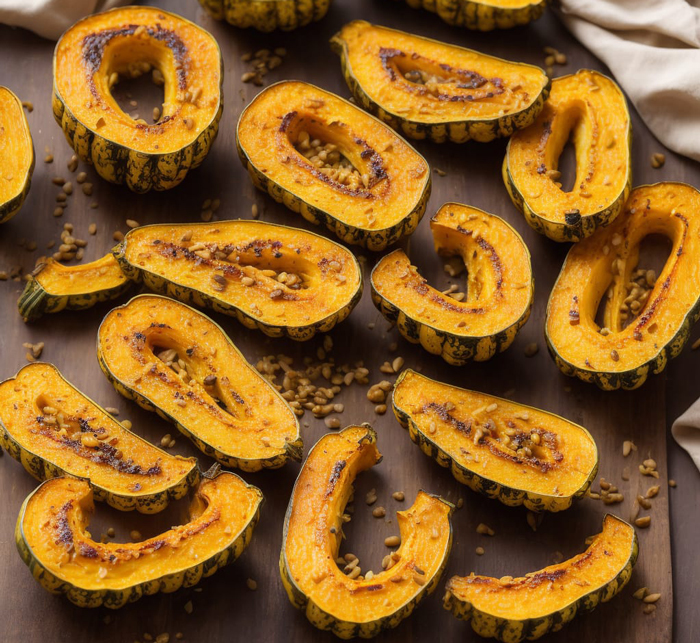
Delicata squash might look like a miniature football, but don’t let its unassuming appearance fool you. This adorable orange veggie packs a flavor explosion that’s sure to win over even the pickiest eaters. Imagine the sweetness of roasted pumpkin seeds combined with the delicate texture of asparagus – that’s delicata squash in a nutshell (or should we say, gourd?).
Cut delicata squash into rings or wedges, toss them with olive oil and your favorite herbs, and roast them until golden brown. The skin becomes beautifully caramelized, while the flesh gets tender and melts in your mouth. Kids will love dipping these sweet treats in hummus or yogurt for a healthy and satisfying snack.
Bonus fact: Delicata squash is one of the few winter squashes that doesn’t need peeling! Just wash it, chop it, and let the oven do the magic. So, grab a delicata squash, gather the kids, and get ready for a roasting good time!
17. Daikon Radish
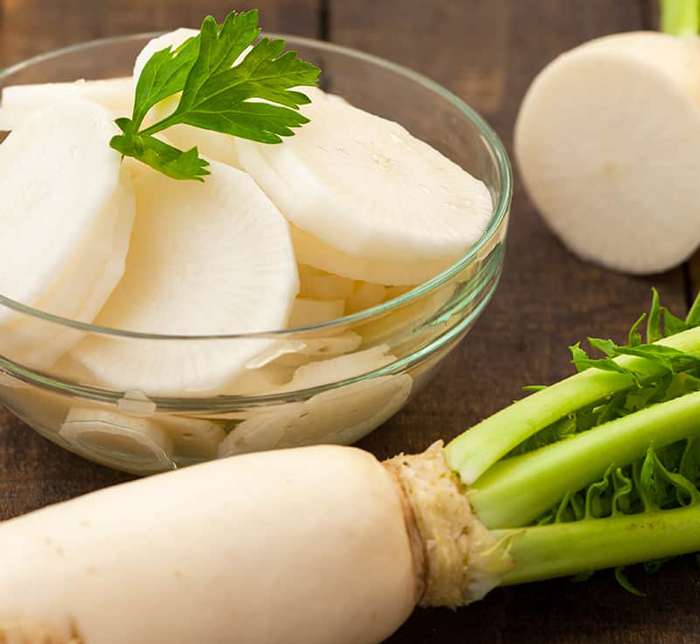
Daikon radishes, also known as Japanese radishes, are long, white, and boast a mild, slightly sweet flavor. These versatile root vegetables are packed with nutrients like vitamin C, potassium, and fiber, making them a healthy addition to any meal.
Kids will love the satisfying crunch of daikon radishes, perfect for snacking on raw with a sprinkle of salt. But their culinary uses go far beyond! Daikon can be shredded into salads, stir-fried, roasted, or even pickled. Its mild flavor absorbs other seasonings well, making it a perfect canvas for creative cooking.
Fun fact: Daikon radishes are often carved into intricate designs in Japan to celebrate the New Year! This tradition, called “katsuramuki,” symbolizes good luck and prosperity. So, why not try this creative activity with your kids and turn daikon into edible art?
18. Dasheen
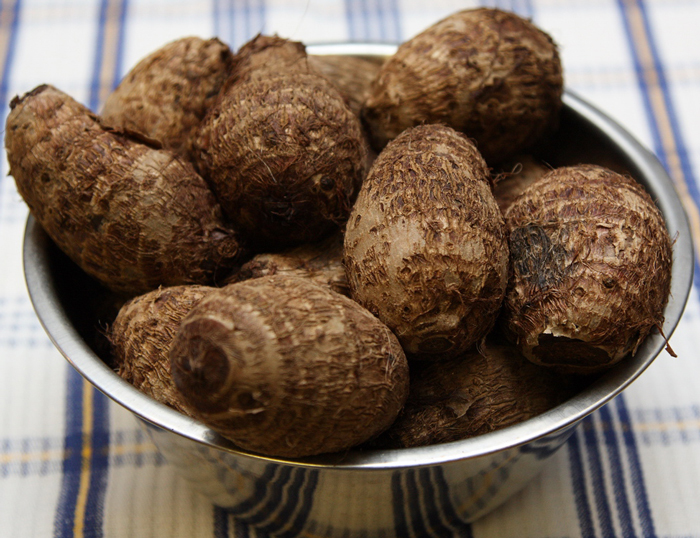
Dasheen, also known as taro root, is a starchy tuber native to the tropics. This unique vegetable has a smooth, brown skin and a creamy white flesh with a slightly sweet and nutty flavor. Dasheen is a staple food in many island cultures, valued for its high energy content and versatility.
Kids might find dasheen’s texture interesting, as it’s slightly sticky and chewy when cooked. But once they try it mashed, roasted, or fried, they’ll be hooked! Dasheen can be used in soups, stews, curries, and even desserts like puddings and cakes. Its neutral flavor pairs well with bold spices and savory ingredients.
Did you know? Dasheen leaves are also edible and can be used like spinach or collard greens. So, next time you buy dasheen, don’t throw away the leaves! They’re a delicious and nutritious bonus.
19. Datil Pepper
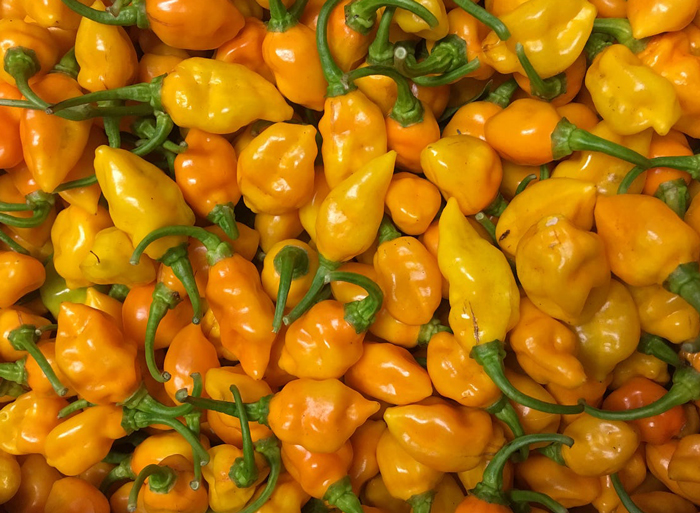
Datil peppers are not for the faint of heart! These small, elongated peppers pack a serious punch, with a heat level that can rival habaneros. While not recommended for children due to their intense spiciness, datil peppers offer a unique flavor experience for adults who love the heat.
Datil peppers have a complex flavor profile, combining intense heat with fruity sweetness and a hint of smokiness. They are often used in hot sauces, salsas, and marinades, adding a fiery kick to any dish.
Caution! When handling datil peppers, wear gloves to avoid burning your skin. And if you do decide to try them, start with a tiny piece and work your way up!
Remember, adults should always supervise children when handling or tasting spicy foods.
List of Vegetables Starting with D
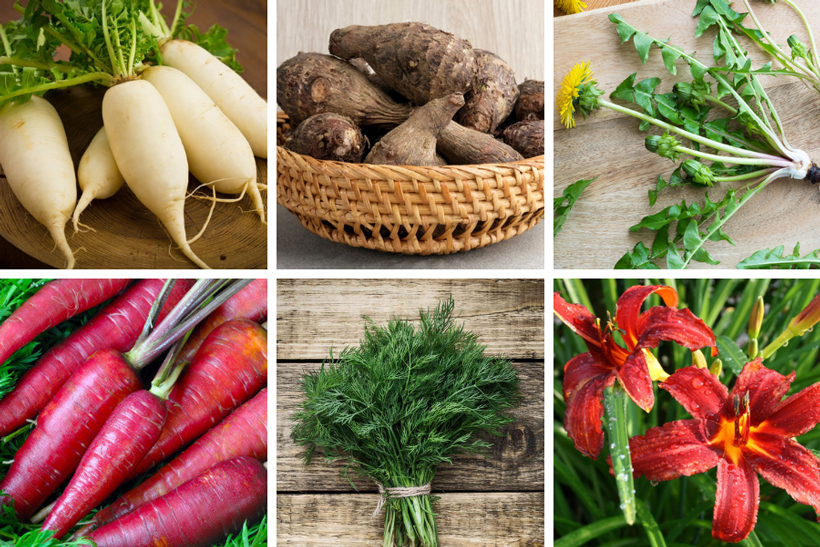
| Dabberlocks | Daikon | Daikon Radish |
| Dandelion | Dandelion Greens | Dasheen |
| Datil Pepper | Daylily | Delicacy White Kohlrabi |
| Delicata Squash | Dickinson Pumpkin | Dill |
| Dinosaur Kale | Dolichos Bean | Drumstick |
| Dulse | Durian | Daylily Buds |
| Diamond Eggplant | Dragon Carrots | Dwarf Yellow Turnip |
Conclusion
The exploration of “D” vegetables unveils the hidden treasures of the vegetable kingdom, offering a blend of flavors, textures, and vital nutrients. It reminds us of the importance of diversifying our diet and being open to trying unfamiliar vegetables. Whether you’re indulging in the crisp bite of daikon or enjoying the robust flavors of dulse, the world of “D” vegetables promises a delightful and nutritious journey. Embracing these diverse choices ensures a holistic approach to health and gastronomy, emphasizing the rich tapestry of global cuisines.
Vegetables That Start With
A | B | C | D | E | F | G | H | I | J | K | L | M | N | O | P | R | S | T | U | V | W | Y | Z
